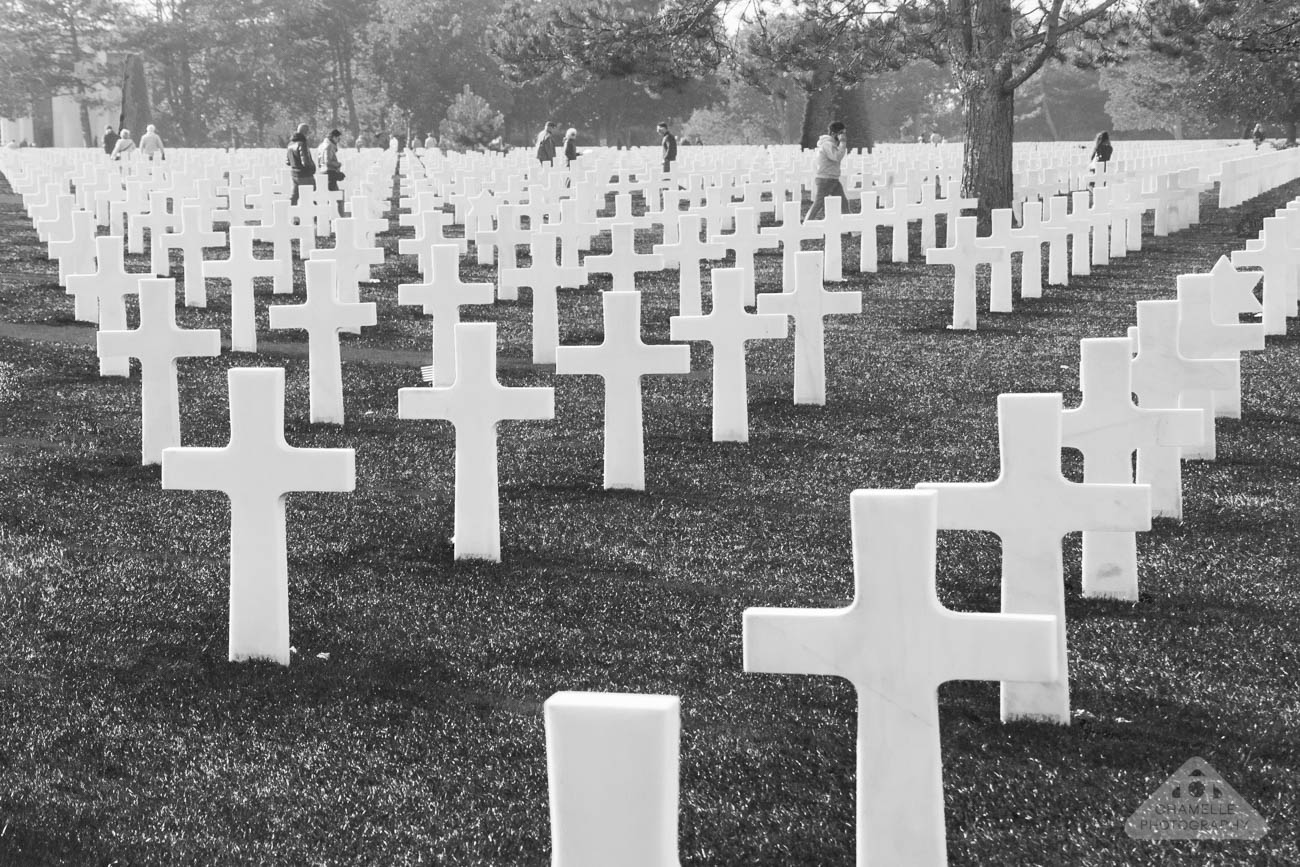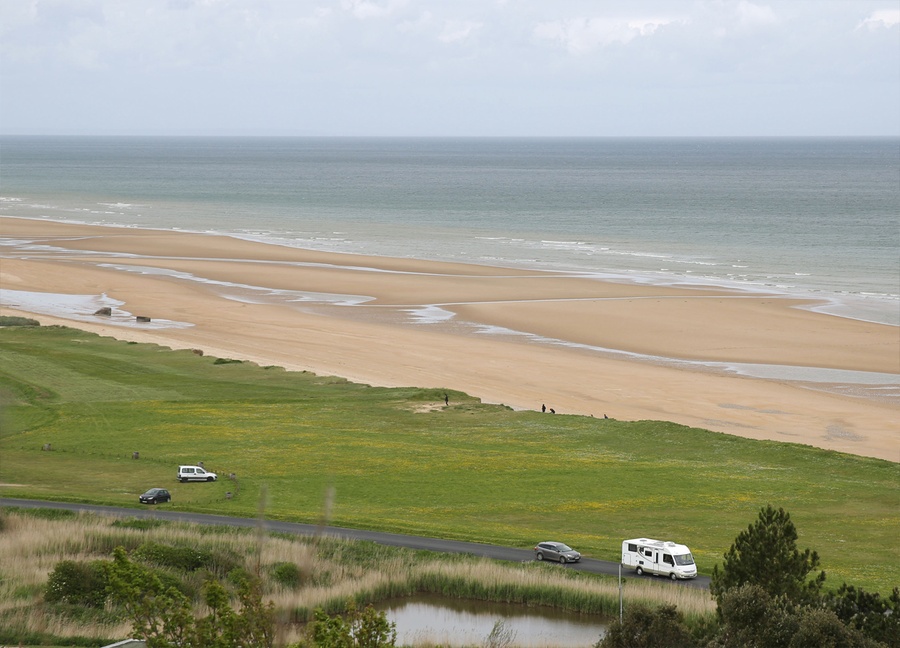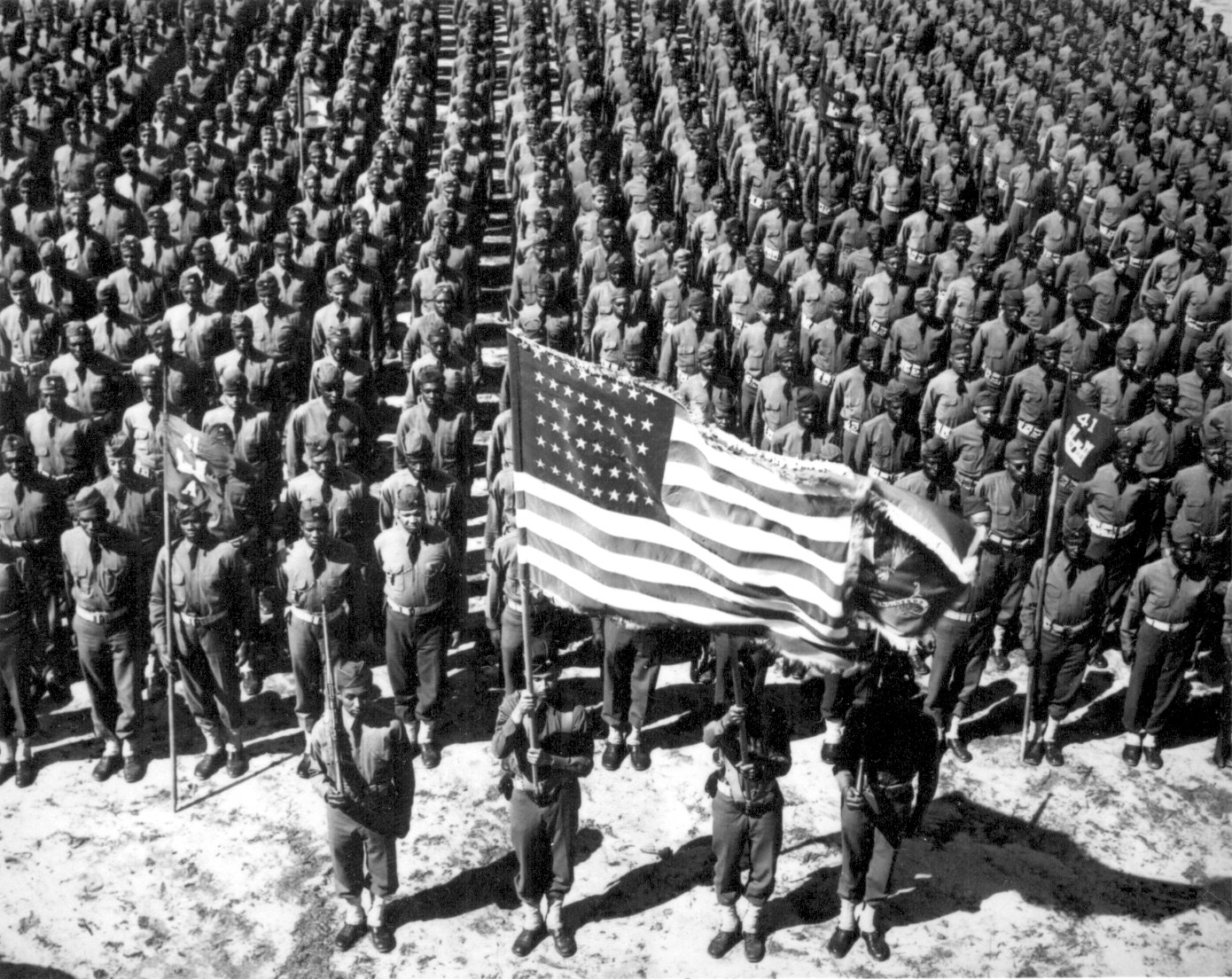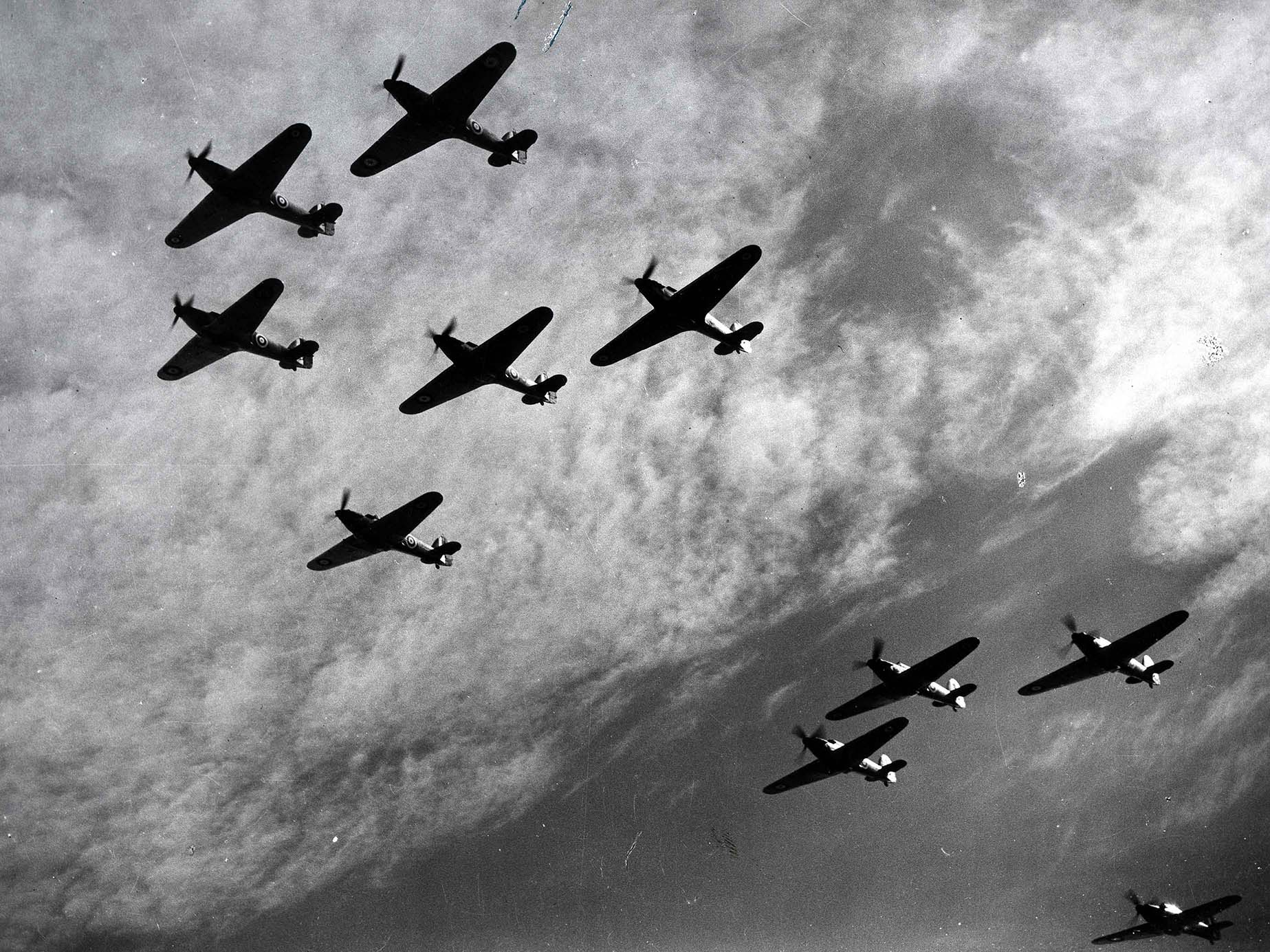Along with Tolkien’s "The Lord of the Rings" and "The Hobbit," C.S. Lewis’ "Chronicles of Narnia" has profoundly influenced how people regard fantasy and children’s literature in the modern age. It is the author’s best-known work, and its rippling effect on literature and aspects of Christian faith cannot be underestimated.
First published between 1950 and 1956, the books have been adapted many times (complete or in part) for radio, television, the stage, and film. Starting off with "The Lion, the Witch, and the Wardrobe," this series explores a magical world filled with wondrous mythical beasts who can speak. We follow a group of children who find themselves transported to the land of Narnia, called upon by Aslan the lion to help save the magical realm.
Image source: wordpress.com
Lewis manages to incorporate in "Narnia" themes of religion and myth that were previously absent from children’s literature (certainly not prominent in Tolkien’s work). There are distinct traditional Christian allusions here, as well as ideas from Greek, Roman, and Irish mythology.
Interestingly, C.S. Lewis was a former atheist, and writing this series of books was his way of embracing Christianity. What’s good for both young and old readers is that there is no heavy-handed and self-righteous approach in the books’ depiction of morality. We get immersed in a world where the children are empowered and make decisions not because of blind faith nor impositions.
The impact of "Narnia" on the genre can be easily seen in more recent fantasy books and films, including Rowling’s "Harry Potter" series.
The name’s John Eilermann, comparative literature student from St. Louis, Missouri. The program I’m in follows a multidisciplinary approach that allows students to have minor courses in disciplines such as philosophy, politics and culture, history, arts, and science. More on my hobbies and interests here.













